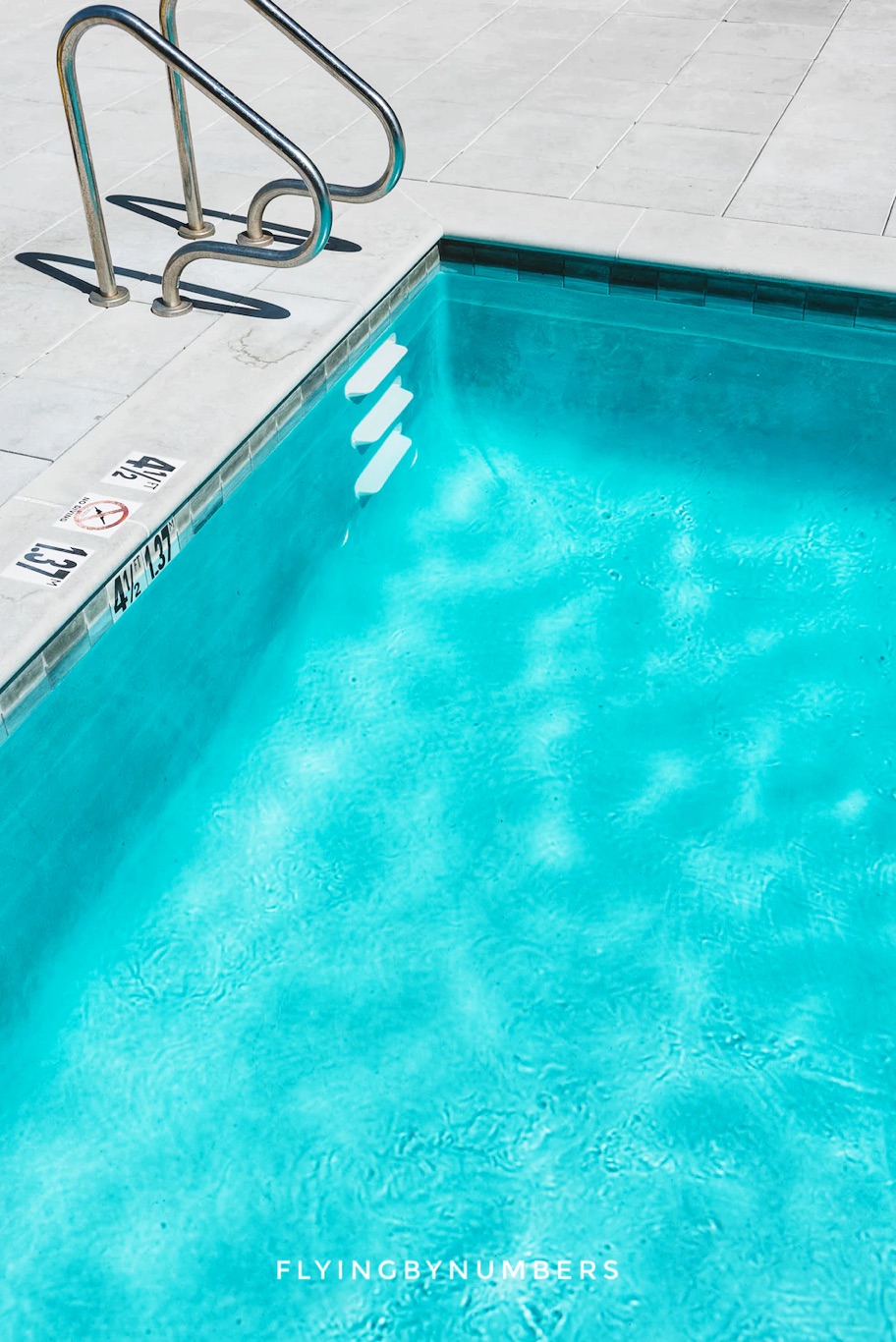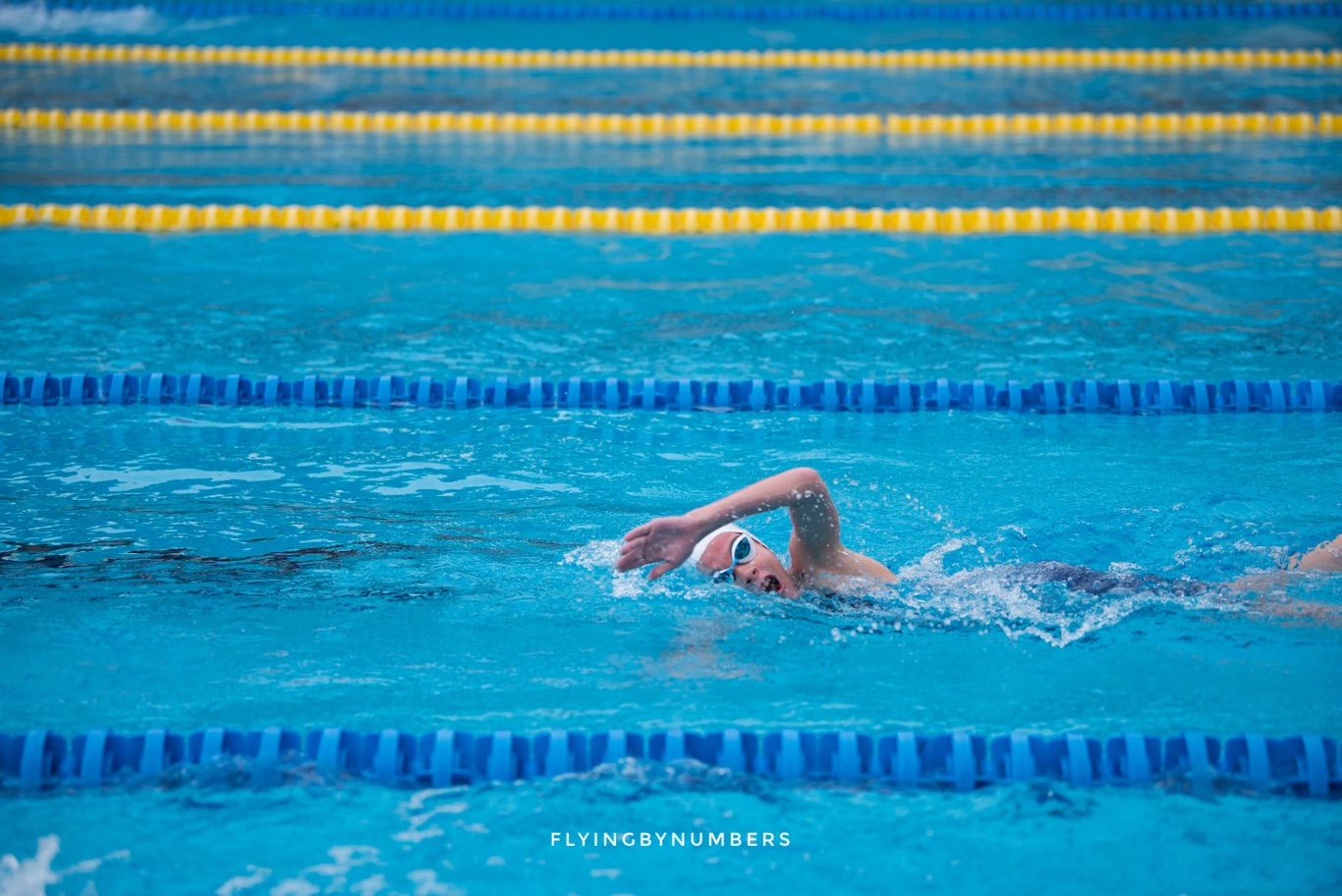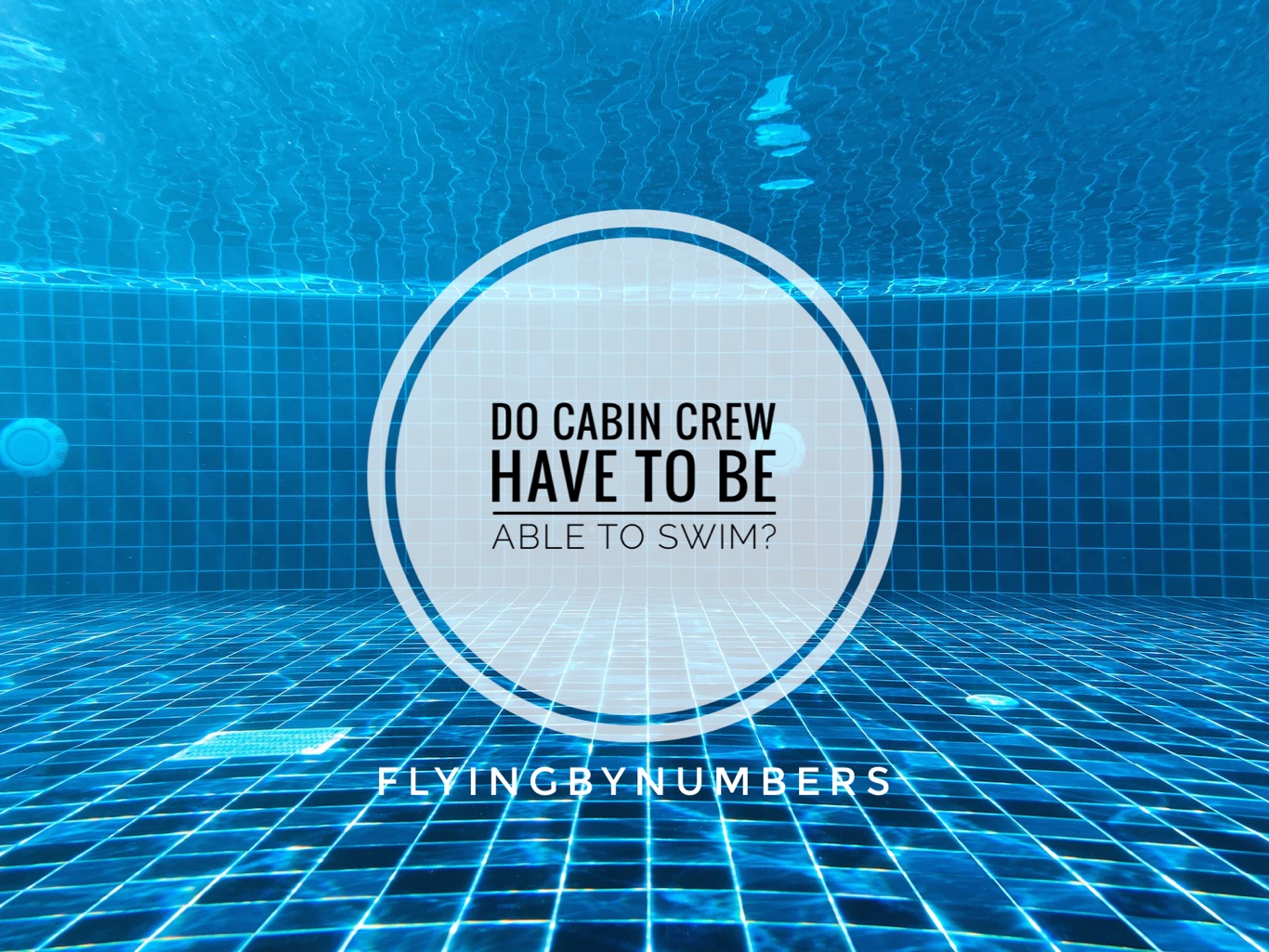There aren’t many jobs where you have to consider your ability to swim before applying. But, believe it or not, cabin crew is one of them!
Cabin crew swimming requirements are one of our most commonly asked questions, and having a brief skim of the internet responses, we can see why!
Answers range between:
You need to be Olympic level swimming to even be considered — think about what happens if you’re adrift in the middle of the ocean and have to swim to shore
VS
I don’t remember doing any swimming tests, so no you won’t need to be able to swim
As always, the truth lies somewhere in the middle.
For most airlines — and virtually all international airlines — there is a requirement for cabin crew to be able to swim. But if you can’t swim and you don’t want to miss out on your dream job, don’t worry. Swimming requirements are normally not particularly difficult, and we will explain why.
So if you’re worried about swimming, or you just want to know what swimming tests you’re likely to encounter in your new entrant crew training, keep reading.
We’ll take a brief look at if it’s really necessary for flight attendants to be able to swim, before giving some top tips for the most commonly encountered fail item during the water testing phase.
Do I need to be able to swim to be cabin crew?
Yes. For the vast majority of cabin crew, there is a swimming requirement. The most typical swimming requirement being able to swim 25 m — this is the width of a standard Olympic size pool.
Things to consider:

About cabin crew swim testing
Why do cabin crew need to be able to swim?
The official reason for this requirement relates to an emergency requiring a landing on water, known as ditching. When the plane lands, cabin crew must be able to swim to get out of the plane, secure life rafts, and help any passengers that may need assistance.
These additional roles — from helping passengers, to locating emergency equipment under pressure — are why many airlines list being confident in the water as a requirement.
Landing in water is an already hugely stressful experience, so simply being able to keep yourself afloat is not sufficient. Flight attendants need to be comfortable swimming unaided. That’s the thinking, anyway.
Is it really necessary?
Ditchings are very rare events and occur for different aircraft under different circumstances. Thus, no meaningful statistical evaluation is possible.
Review of Transport Aircraft Ditching Accidents — ResearchGate
I agree with Richard Branson, the founder of Virgin Atlantic, who also questions if crew swimming requirements are necessary. I’d argue that in 2022 cabin crew swim testing feels unnecessary. Needing to actually swim unaided as a flight attendant is almost unheard of.
There are some cabin crew forums where crew report never having to prove their swimming ability. Equally, as we have outlined, swim requirements can seem unnecessary. However, competent swimming ability is listed as a requirement on the vast majority of cabin crew applications.
At the end of the day, most airlines value this requirement, and there are plenty of other very remote events that we as cabin crew train for. So, swimming is definitely a skill worth practising before applying.
What occurs at cabin crew swim testing?
Firstly, cabin crew swim testing is normally only performed during initial cabin crew training — when crew are in the process of gaining their attestation. (More on crewspeak and acronyms here).
Secondly, while it is known by crew as swim day, officially this part of training falls under survival training, and is often known as Water Survival Training. The key is in the name. There is no swimming competition, timers, or scoring system here.
This part of cabin crew training is simply pass or fail. It is about ensuring that if an emergency on water occurs, crew can survive long enough to help themselves, before helping other passengers.
Most commonly held in a local pool, water survival training has 4 aspects:
In America, it’s more common for airlines to allow crew to secure their lifejacket before entering the water, swimming 25 m with the lifejacket on.

However, in Europe and the Middle East it is more common for 25 m unaided swimming. In practise this means life jackets will be floating at the other side of a pool, and cabin crew will have to swim across the pool unaided, to don their life jackets.

What’s the most difficult part of cabin crew swim testing?
Answer: Not the swim test!
Disclaimer: your experience may vary, exact flight attendant swim testing differs slightly across the globe.
From, my experience of initial cabin crew training, alongside working as a cabin crew trainer later on in my career, the most common stumbling block was unrelated to swimming!
Entering the life raft forms a core part of water survival training. This means climbing a slippery rope ladder into the floating life raft unaided — no fellow trainee’s in the raft can’t help pull you in!
This sounds easy. In practise, especially with nervous swimmers, I have seen many flight attendants tire themselves out by swimming across the pool as fast as they can. After, they struggle to enter into the life raft by using their tired arms to hoist themselves out of the water.
Top tips:
- Lean forwards into the raft as you are climbing the ladder, rather than hanging backwards
- Don’t try to pull yourself up into the life raft using only your arms, make sure you drive through your legs on the rope ladder.
- Maintain composure and don’t over exert yourself swimming. While your life jacket won’t let you sink, trying to swim it adds a lot of extra drag. Take it slow and steady before attempting to climb into the raft.
Summary
There’s no getting around it, do cabin crew need to be able to swim? Yes.
There are differences in testing methods, arguments about the necessity of swimming skills, and occasional claims of swim testing not being required. However, for most flight attendants, being able to swim 25 m is a legal requirement.
Interestingly, many airlines allow the 25 m swimming to be completed wearing a lifejacket, so those that struggle swimming unaided shouldn’t be disheartened. But as ever, check with your local airlines HR team.
Finally, the most common issue with passing water survival testing doesn’t involve swimming. Often the hardest part involves climbing into the life raft unaided, so pay attention during the explanation and ensure you follow our top tips.
Finally, make sure you enjoy the day! The pool day is often one of the more enjoyable parts of initial cabin crew training, and there aren’t many jobs that include mandatory water survival training!





